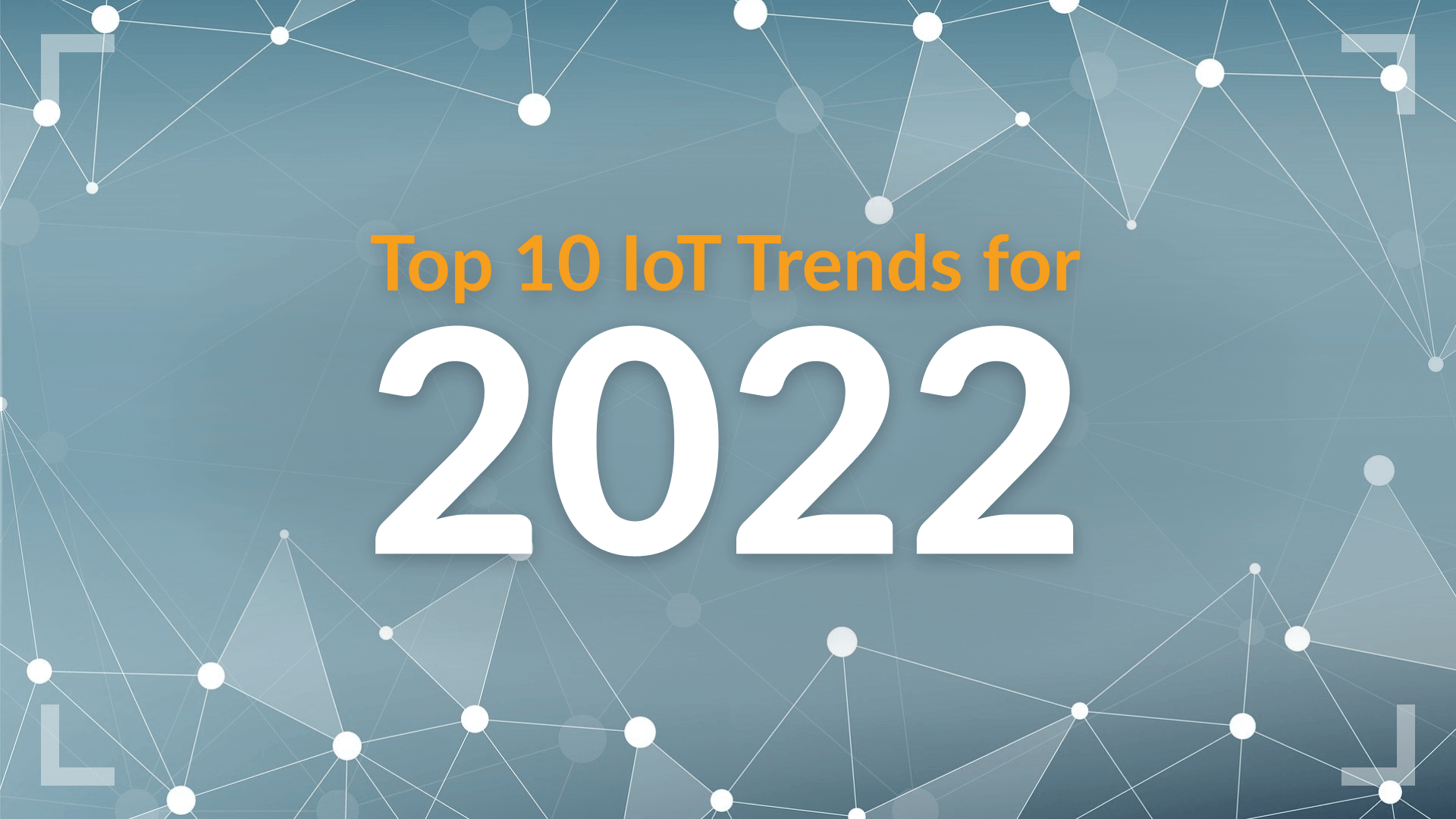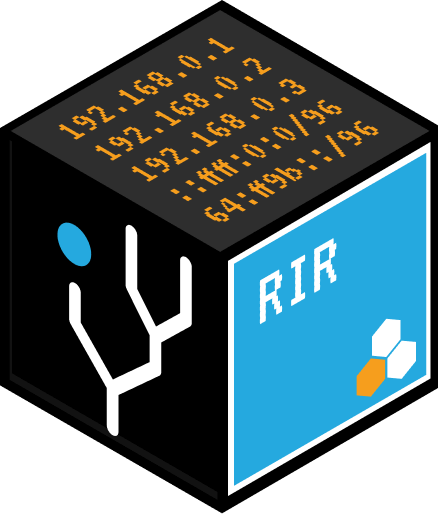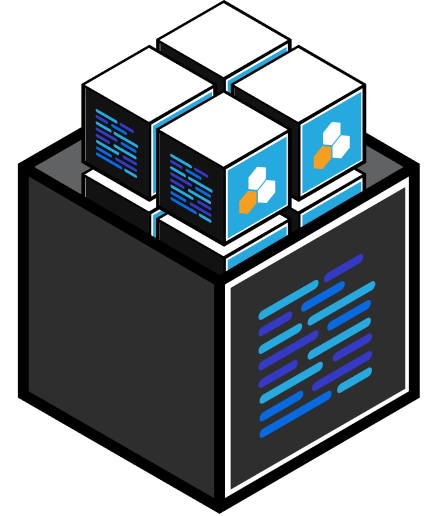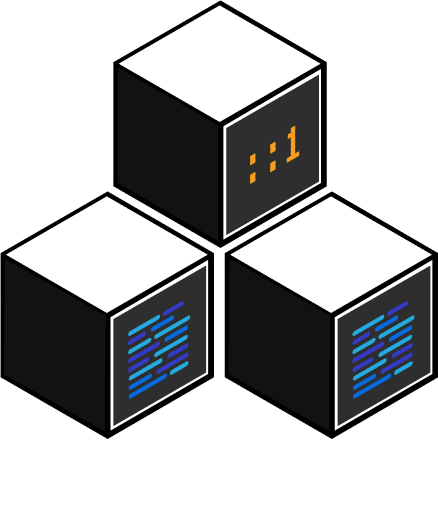
IoT (Internet of things) has undoubtedly laid the foundation for smart technology just about everywhere. As we begin to wrap up 2021, here are the top ten IoT trends we have to look forward to in 2022.
1. IPv6
In 2021, the number of Internet-connected devices reached over 10 billion, continuing to exacerbate the shortage of IPv4 addresses. Countries around the world are driving the transition to IPv6 which will allow devices to continue “speaking” with each other on public and private networks. The transition to IPv6 will also support scalability by guaranteeing unique identifiers for all future devices.
In America specifically, President Biden’s infrastructure plan will play a role in IPv6 adoption as it seeks to ensure safe access to the Internet for all Americans, addressing the digital divide. The infrastructure plan fact sheet pointed at the 35 percent of Americans who live in rural areas that have spotty access to Broadband Internet. The plan focuses on “future-proof” broadband internet infrastructure that’s expanded to reach every American. What the definition of “broadband” will be though is uncertain. Earlier this year, a group of senators requested in a letter to the FCC that the minimum standard increase from 25 Mbps down/3 Mbps up to 100 Mbps for both download and upload speeds.
And what does “future proof” mean for Internet technology? A future-proofed Internet does not just use older IPv4 technology. Instead, it requires adopting IPv6 in a big way. It also means thinking beyond dual-stack (IPv4/IPv6) and exploring what tools and platforms can help your infrastructure support IPv6-only environments.
IPv6 adoption plays a key role in the continued growth of the Internet that will power IoT in the coming years.
2. Healthcare
The prolonged pandemic accelerated IoT adoption in the healthcare industry and we expect to see even more moves toward adoption in 2022. Telehealth exploded as people avoided in-person appointments, but we expect this trend to stick around, even as in-person visits become less of a perceived risk. The increased reliance on video/streaming services is not expected to be reduced.
Telehealth is not without its challenges, though. Limited access to the internet or devices such as smartphones, tablets or computers can act as a potential barrier for some patients. Hopefully, the infrastructure plan mentioned earlier will aid in removing this barrier and allowing for improved service delivery.
Remote monitoring of wearable sensors can also be beneficial. Not only are wearables commonplace in many employee wellness programs, but the technology could also drop hospital costs by as much as 16% over the course of 5 years. Additionally, remote patient monitoring technologies could save our healthcare system $200 billion over the next 25 years. Wearable devices offer individuals with serious health conditions optimal timing on care and medication, the opportunity to recover from home in some situations, and most importantly: peace of mind.
3. Customer Service
IoT can significantly improve customer service by providing necessary information using CRM (customer relationship management) systems. The purpose of this technology is to identify and inform companies about customer issues. This knowledge can support engagement with customer discussions and lead to retention. CRMs are often tied to APIs and are known for their ability to connect easily with other business systems.
IoT can also be used to improve the customer shopping experience by offering features like personalized shopping experiences and smart stores. For example, facial and object recognition can provide retailers with demographic data on who is in the store and the products they are interested in. This data can help retailers decide what types of promotions to run and when.
And we’ve all probably heard about Amazon’s Just Walk Out technology which allows shoppers to simply grab what they need from the shelves and get charged when they leave.
Although some retailers have concerns regarding privacy and trust on behalf of their employees and customers, 94% believe the benefits of IoT outweigh the risks.
4. Security
As we mentioned earlier, the number of Internet-connected devices reached over 10 billion in 2021. With this massive amount of devices comes complex safety challenges due to the diverse and distributed nature of the technology. Device and IoT network hacking will become more prevalent, and security maintenance will fall onto network operators.
As many activities became virtual as a result of the COVID-19 pandemic, security threats also became more prevalent due to the expanded threat surface. According to the U.S. Department of Health and Human Services, the top half of 2020 saw a 50% increase in health care cybersecurity breaches largely due to home devices and networks of remote workers that may lack the security rigor of corporate counterparts.
5. Manufacturing
Increasing customer expectations and the complexity of the global supply chain have encouraged manufacturers to find innovative ways to stay competitive. From equipment monitoring to inventory management, IoT offers valuable insights on how to increase efficiency and reduce costs.
One way to increase efficiency is to reduce machine downtime and the costs associated with it. Sensors are an IoT feature that helps managers identify machinery issues in advance of unnecessary downtime or total failure which improves productivity. Factory equipment maintenance costs are expected to decrease by 40% with the help of predictive maintenance.
Monitoring work in progress is essential to producing quality products, but manual inspections are time intensive and leave room for human error. IoT will continue to improve quality by monitoring the condition and calibration of machines to make sure all components produced are within the correct specifications.
IoT-driven inventory management will help manufacturers track and report the location and status of inventory items, optimizing lead time. RFID tags allow managers to quickly gather inventory information in real-time and automate inventory tracking processes that were handled manually in the past.
6. Employee safety
RFID tags aren’t only for inventory management, they can be used to improve employee safety. The tags, paired with wearable sensors which collect data like heart rate and body temperature, send data to the cloud where it is monitored to detect unusual patterns and prevent workers from injury. And while these tools are already deployed in industrial sectors like mining, we expect it to become prevalent in more industries, such as manufacturing and healthcare.
Predictive maintenance through IoT software systems doesn’t just help reduce downtime. Predictive maintenance monitors equipment and alerts managers of failures before dangerous incidents can occur. Safety can also be improved long-term by collecting and analyzing data to create schedules that optimize worker safety.
7. Smart cities
IoT adoptions will result in the continued growth and establishment of smart cities. IoT technology can reduce energy consumption and costs and make daily life more comfortable and convenient for those living in urban environments.
Street light systems are one of the largest expenditures for local governments, accounting for up to 60% of a municipality’s electric utility budget. Connected lighting offers a more affordable and environmentally friendly option by monitoring usage and providing lighting based on an area’s unique needs. “Smart lights” gather real-time data to see the operational status of lights. Lighting can also be adjusted based on environmental conditions such as rain or fog, improving safety conditions as well.
Cities can also employ IoT to improve water management. One of the main causes of water waste in urban areas is not individuals who take long showers or forget to turn off their lawn sprinklers, it is often poor infrastructure. Solutions powered by connectivity allow organizations to gather data on waterflow, pressure, temperature, and other factors to monitor and detect areas of concern. One of the most helpful features of this use is monitoring underground water lines and mains to quickly identify and repair leaks before they cause failure or considerable water loss. Sewage surveillance even proved itself useful during the early months of the COVID-19 pandemic in the US when cities began tapping wastewater to look for evidence of the virus that causes COVID-19.
Even waste bins can be improved through IoT. Waste bins equipped with fill sensors allow waste management organizations to provide better service while reducing unnecessary visits.
Connected vehicle technologies are being tested through projects such as the Connected Vehicle Environment to decrease traffic congestion and emissions and improve parking management. The goal is to allow vehicles and traffic signals to “talk” to each other, and to “prevent crashes, decrease emergency vehicle response time and improve bus on-time performance.”
8. AR/VR
Augmented and virtual reality can be used for more than fun and games. It will also play an important role in transforming the manufacturing space.
One example is a maintenance application from Siemens’ AssistAR which guides technicians through routine maintenance on a gearbox. The process highlights elements, such as screws and faceplates, on a screen in the correct order in the workflow. It even animates elements to demonstrate how to remove, replace or reassemble.
Other applications include employee instruction and simulation. Augmented and virtual reality can simulate every possible environment and situation to improve training and preparedness. This type of hands-on learning gives trainees the opportunity to understand how things are supposed to work and what to do when things don’t go as planned. It can also boost employee engagement and safety awareness while decreasing training costs.
9. Picking Up the Pace
For IoT to thrive, faster, more expansive networks are a necessity. With each additional device you connect to your network, network speed can be reduced for your other devices. We also need to be able to provision these networks without compromising security.
The only way to increase bandwidth is through physical infrastructures such as fiber lines or cell towers. We expect the continued rollout of 5G networks to help alleviate the need for speed by offering ultra low latency and greater network capacity. As the expand their footprint, other technologies like satellites may also play a role in providing diverse data paths.
IPv6 adoption will also lend a hand by making our increasingly complex networks more stable and reliable, reducing the potential for slowdowns.
10. Communities will foster IoT innovations in the long-run
Although some may expect tech giants to spearhead the majority of IoT innovations, it’s actually small groups of contributors who will foster innovations in the long run. Whether it’s open-source or enterprise, consensus is the key to IoT growth. These technicians, developers and other enthusiasts will be working to create new platforms and tools, employing IoT along the way.
Fortunately, organizations such as the North American Network Operators’ Group (NANOG), RIPE Labs, American Registry for Internet Numbers (ARIN) and others exist and are doing their part to drive internet advancement. These organizations support innovations through educational materials, meetings and events, scholarships and grants, fellowships and more.
There are also organizations such as the Healthcare IoT Center of Excellence to aid healthcare organizations, Industry IoT which offers a manufacturing and supply chain portal and Smart Cities Association to help establish the city roadmap for digital and smart approaches.







